TEL AVIV––We just can’t get over these hybrid vases from Batit Studio. Recent industrial Design graduate and head designer Tal Batit released this ‘Hybrids’ collection as part of his capstone project.
Batit explains each vase is assembled out of three or more parts. Components can be made from terracotta, yielding a rich, ruddy color, while others are made from white ceramic, which he says he usually glazes (more on why later). To make the parts actually fit together in their obviously juxtaposed, but oh-so-right way, Batit says the joining parts must have the same diameter.
The diameter of the parts is always identical, which enables me to mix & match my parts and create a larger variety of objects.
Designboom writes Batit got his start working with clay about three years ago during his second year of college. Since then, the majority of his projects have honed in on his own ceramics research.
He explored the themes of colors and textures, as well as attempting to break down traditional processes and challenged them by changing or adding new variables.
Batit’s project began as research into how to prevent glazed works from vitrifying (read: glueing) together in the kiln––a common mistake for any ceramist. To solve this problem, Batit cast, colored and glazed his components separately. It’s only once the components are assembled and re-fired in the kiln that the “problem” described above allows the pieces to become “glued” together creating his Hybrids.
Using glaze as a ‘glue’ means that all parts are cast, colored and dipped in glaze separately. After that, they are assembled on one another, creating a new form which is placed in the kiln. The kiln then fuses all the parts into one single piece. after mastering that technique, Tal searched for ways to make the pieces not just aesthetically interesting, but also to tell a story through the objects
You can watch Batit’s step-by-step process in the video below; from opening a bag of dry clay, to mixing his slurry, to pouring the mix into his slip-cast moulds, to their removal, to his mesmerizing slip and scoring technique, to refining and glazing his form, all accompanied by equally entrancing music. (If there isn’t already Ceramic ASMR, this might be the closest thing to it.)
If you value a mega-cool, highly choreographed video, we definitely don’t recommend this one we found on Facebook. Don’t do it.
In this video, I used one of my white bottoms, and played with the options offered by my different top-parts, some red and some white, and it got interesting.
Batit invites viewers to pick their favorite combo. He has his. We definitely have ours. What’s yours?
See more on Batit’s instagram.
Love or loathe Batit’s collection of hybrid ceramic vases from the world of contemporary ceramic art and contemporary ceramics? Share your thoughts in the comments section below.

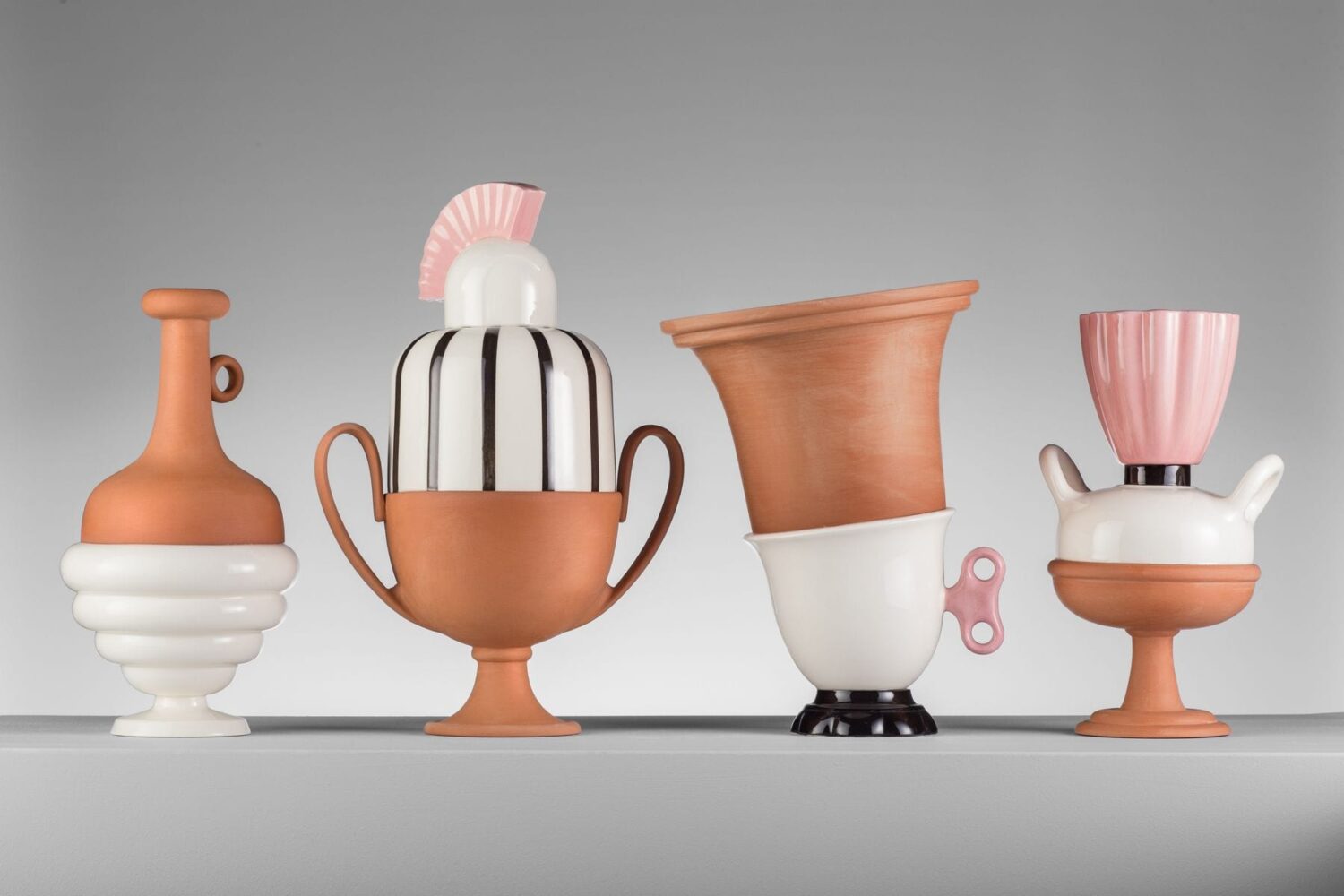

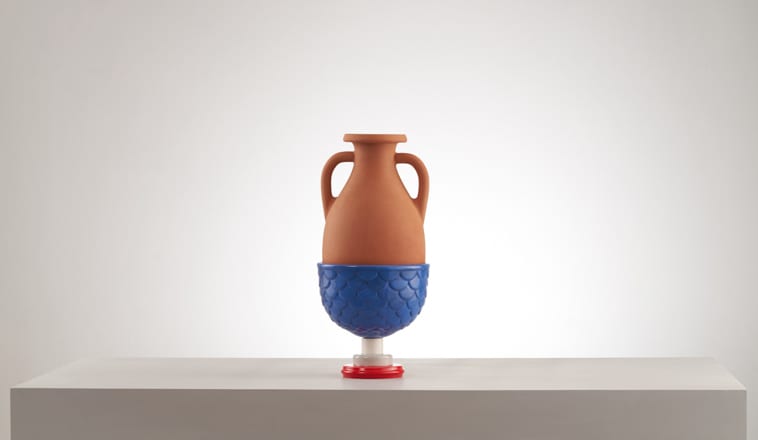
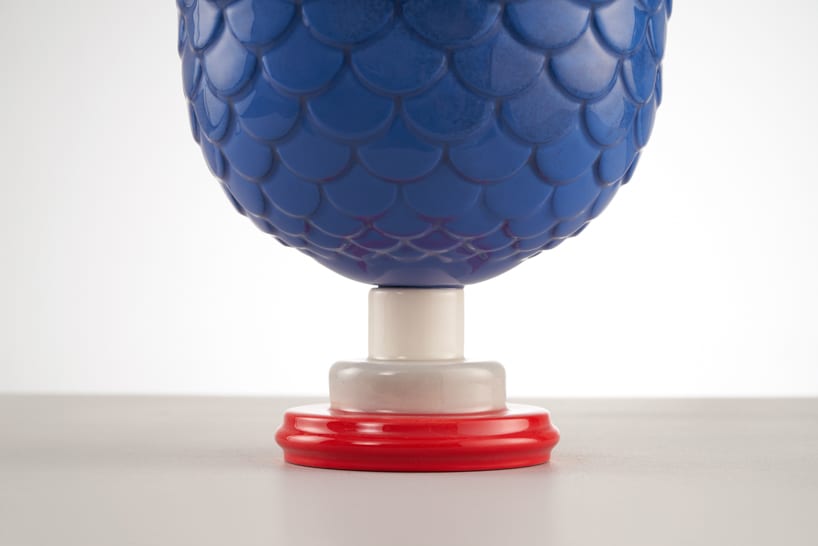
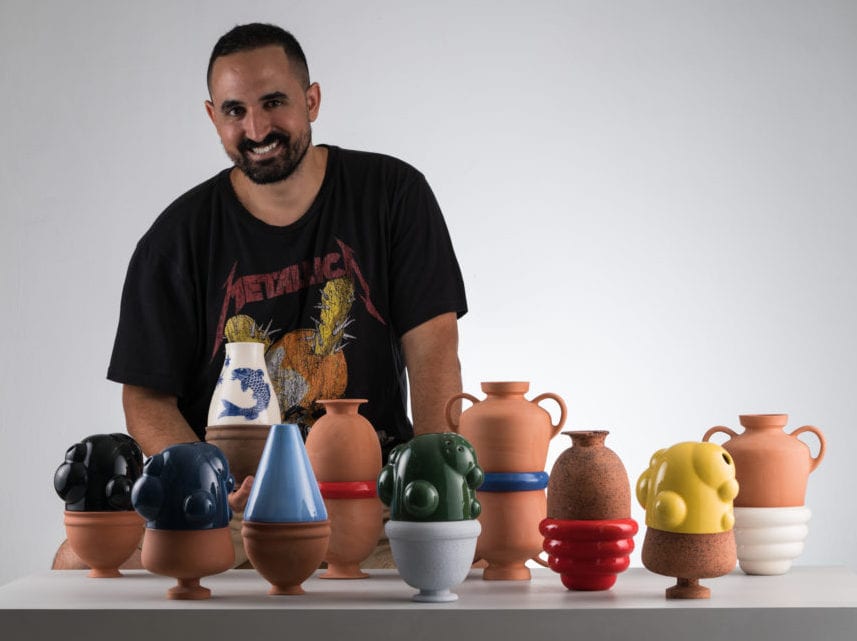
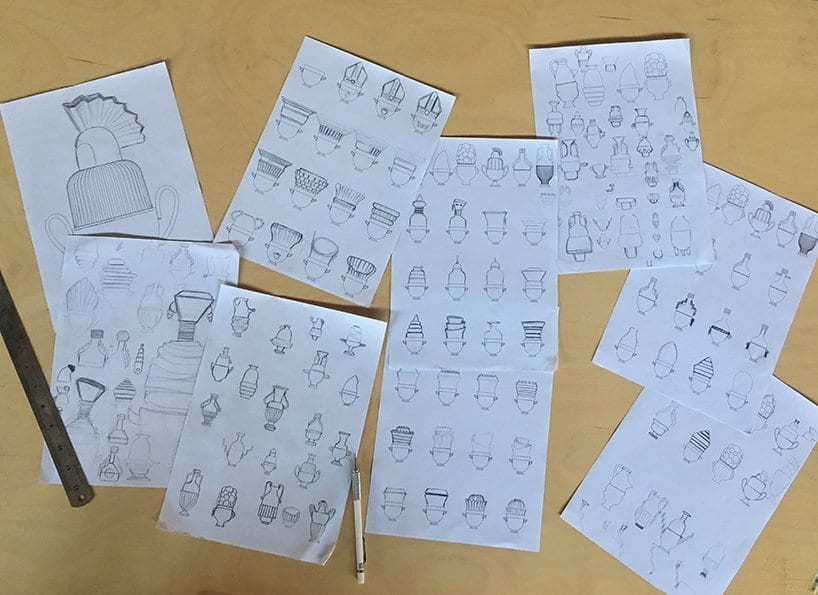
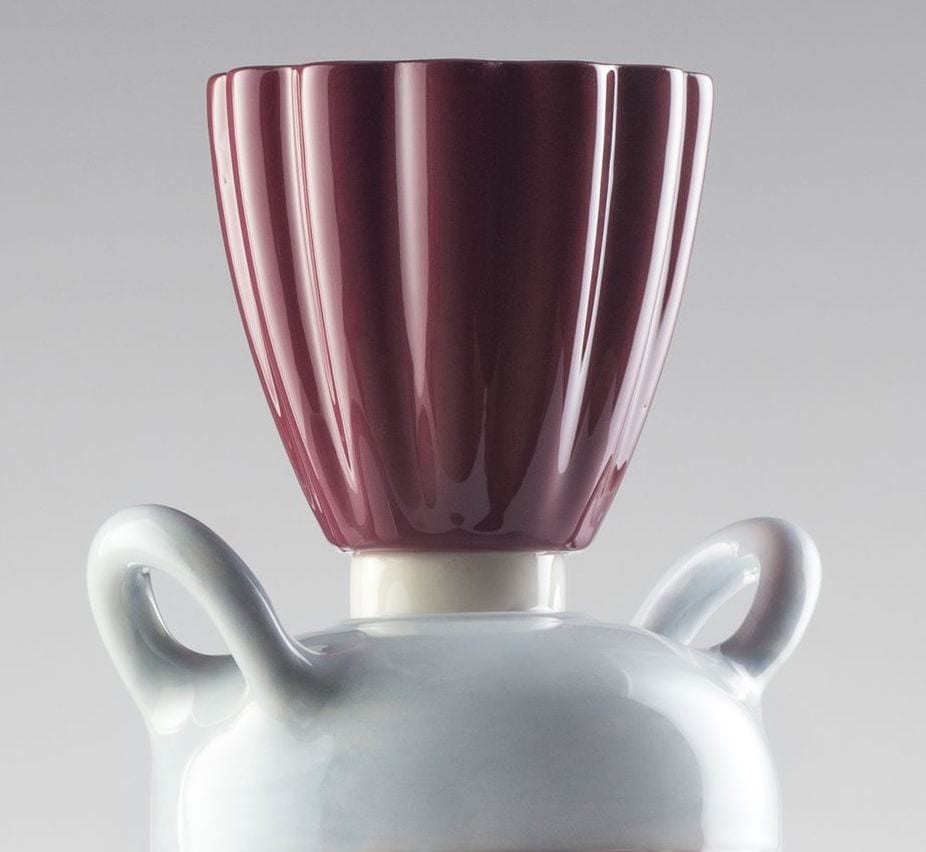

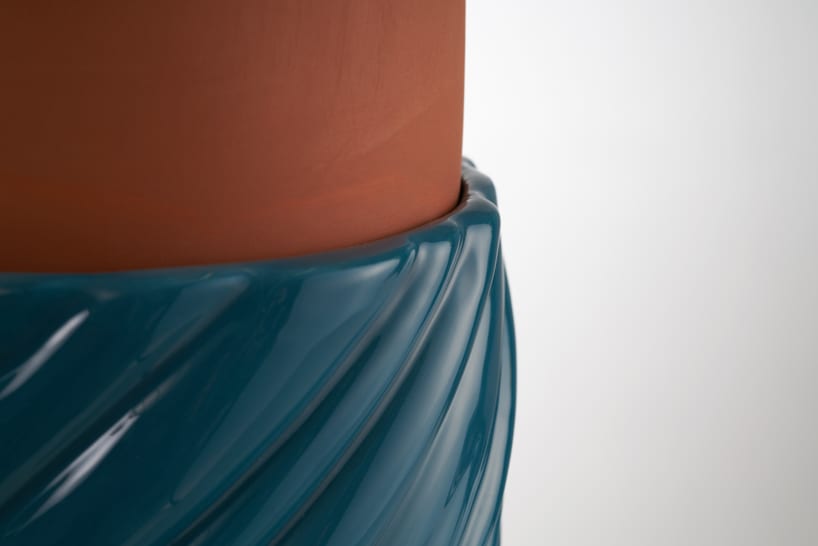
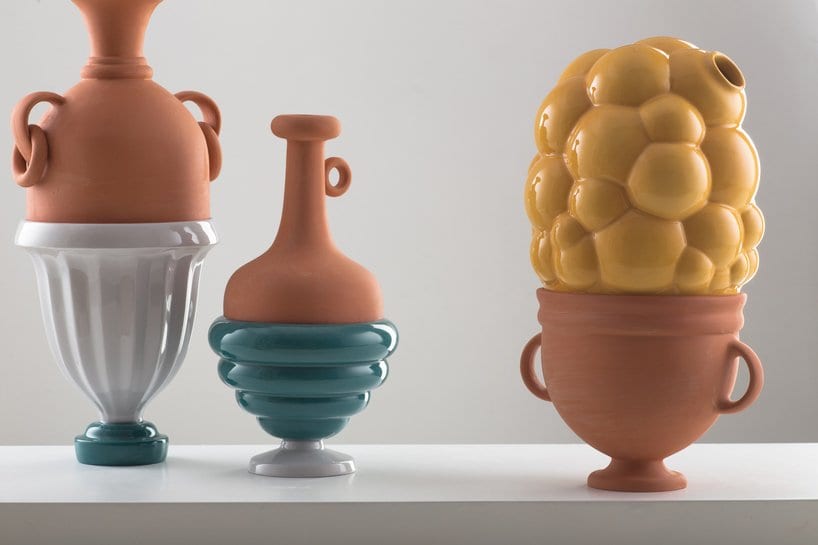
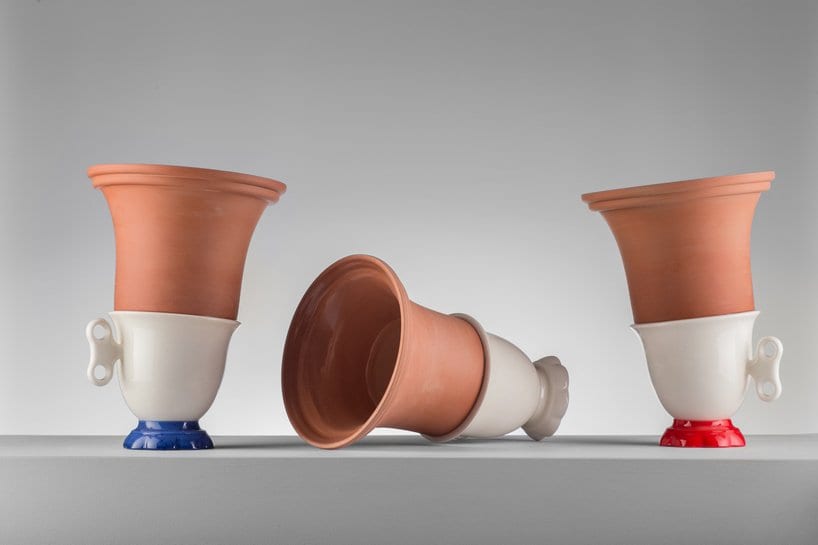


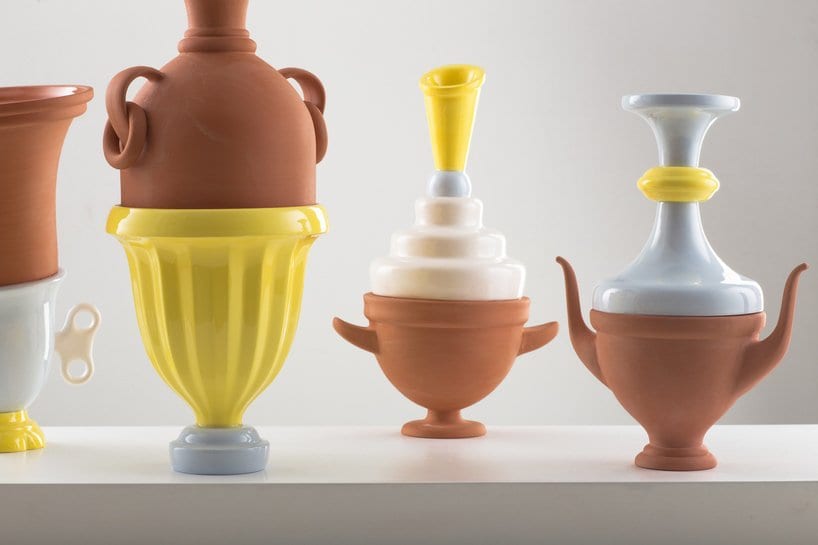

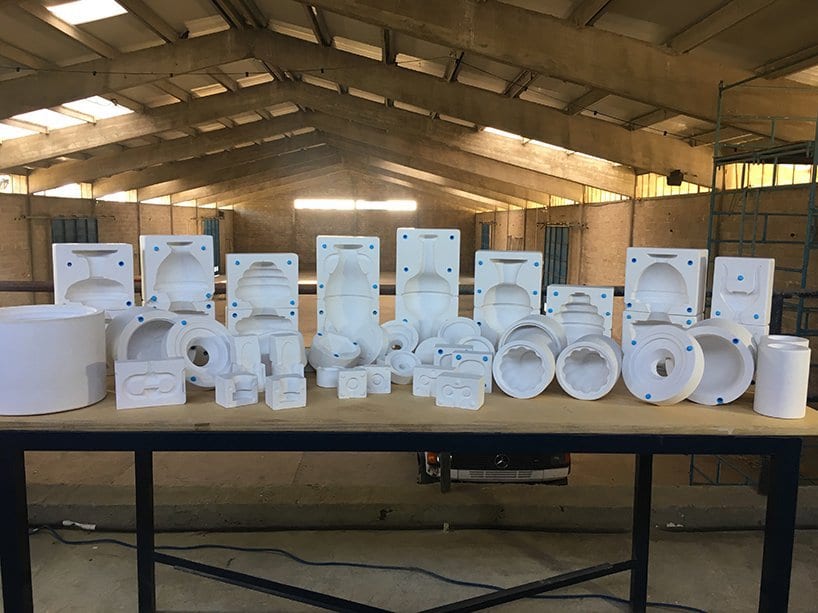
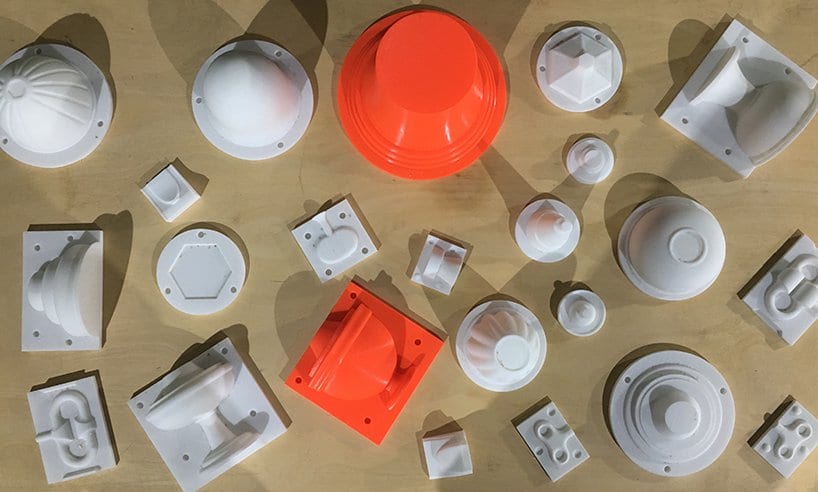
What a great video! I used to look at the moulding process as such a lack of sensuality with no visual nor tactile quality, you got me! thanks!
Love love love!